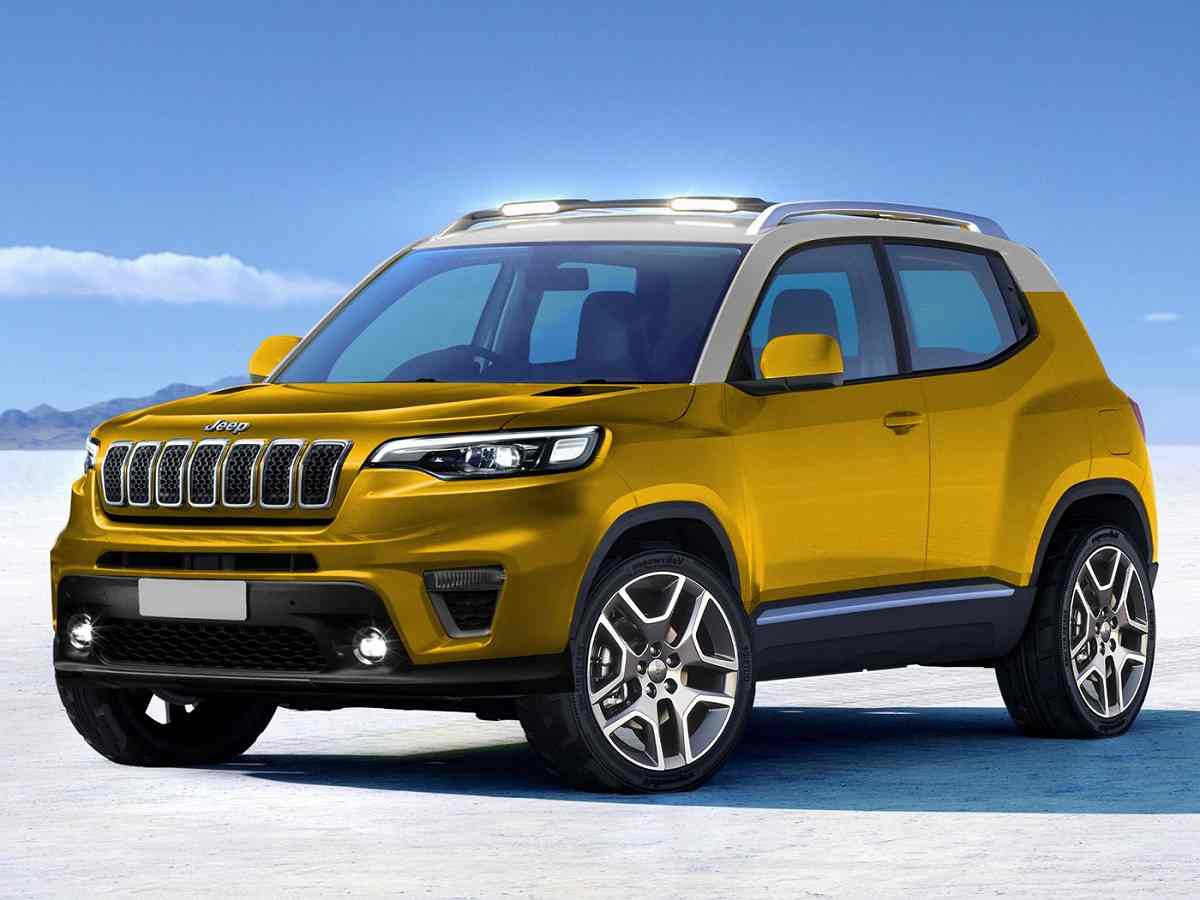After the merger between FCA (FIAT-Chrysler) and PSA (Peugeot-Citroën, Opel) to form Stellantis, the different brands that make up the new portfolio group will have to adapt to the new business situation. Although most FCA models will start to adopt PSA origin platforms, Stellantis‘ high-end models will continue to rely on Alfa Romeo’s Giorgio architecture.
According to the conglomerate’s internal sources, the first FCA brand to use PSA technology will be Jeep since, in July 2022, a B-SUV based on the CMP modular platform will begin to be produced in Tychy (Poland). This model will be below the Renegade within the Jeep range and have a 100% electric version.
Two other urban SUVs will also come from the Polish plant’s production lines: one from Alfa Romeo (January 2023) and another from FIAT (July 2023). In all three cases, sales will start about three months after the start of production. Therefore, the Jeep will begin its deliveries in October 2022, the Alfa Romeo in April 2023, and the FIAT in October 2023.
These vehicles will initially be derived from the DS 3 Crossback and Opel Mokka to be around 4.15 meters long. By relying on models already on sale, Stellantis will not only save a significant amount of resources in their development. Still, they will also be able to bring them to market in record time.
The Tychy factory should be able to make around 400,000 cars based on the CMP platform per year. We cannot lose sight of the combustion FIAT 500 (the electric version is made in Mirafiori) and the Lancia Ypsilon, two of FCA’s oldest models, come out of these facilities today.
Electric versions of Alfa Romeo, FIAT, and Jeep B-SUVs should feature the same powertrain as the PSA models to share a platform. Therefore, we can expect them to equip a 136 hp (100 kW) 260 Nm Continental engine paired with a 50 kWh gross capacity battery. However, we should not rule out the possibility of including technical improvements that improve its performance and autonomy.

